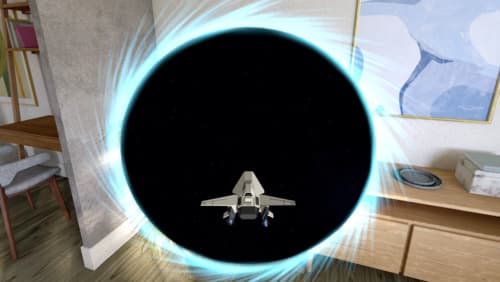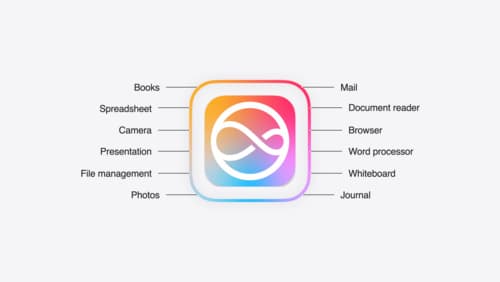Realm
Asked on 2024-08-12
1 search
It seems like you're interested in the topic of "Realm," but the context provided doesn't directly mention it. However, I can provide information on related topics from the WWDC sessions that involve RealityKit, which is a framework for creating augmented reality experiences.
Here are some relevant sessions from WWDC 2024:
-
Discover RealityKit APIs for iOS, macOS and visionOS - This session covers enhancements in RealityKit, including portal crossing and clipping planes, which are useful for spatial computing apps.
-
Build a spatial drawing app with RealityKit - This session discusses how to set up spatial tracking and build a user interface for a drawing app using RealityKit.
-
Break into the RealityKit debugger - This session introduces the RealityKit debugger, which helps developers inspect and debug RealityKit scenes within Xcode.
-
Dive deep into volumes and immersive spaces - This session explores creating immersive spaces and using coordinate conversions in RealityKit.
If you have specific questions about these sessions or need more detailed information, feel free to ask!

Discover RealityKit APIs for iOS, macOS and visionOS
Learn how new cross-platform APIs in RealityKit can help you build immersive apps for iOS, macOS, and visionOS. Check out the new hover effects, lights and shadows, and portal crossing features, and view them in action through real examples.

Build a spatial drawing app with RealityKit
Harness the power of RealityKit through the process of building a spatial drawing app. As you create an eye-catching spatial experience that integrates RealityKit with ARKit and SwiftUI, you’ll explore how resources work in RealityKit and how to use features like low-level mesh and texture APIs to achieve fast updates of the users’ brush strokes.

Bring your app to Siri
Learn how to use App Intents to expose your app’s functionality to Siri. Understand which intents are already available for your use, and how to create custom intents to integrate actions from your app into the system. We’ll also cover what metadata to provide, making your entities searchable via Spotlight, annotating onscreen references, and much more.
